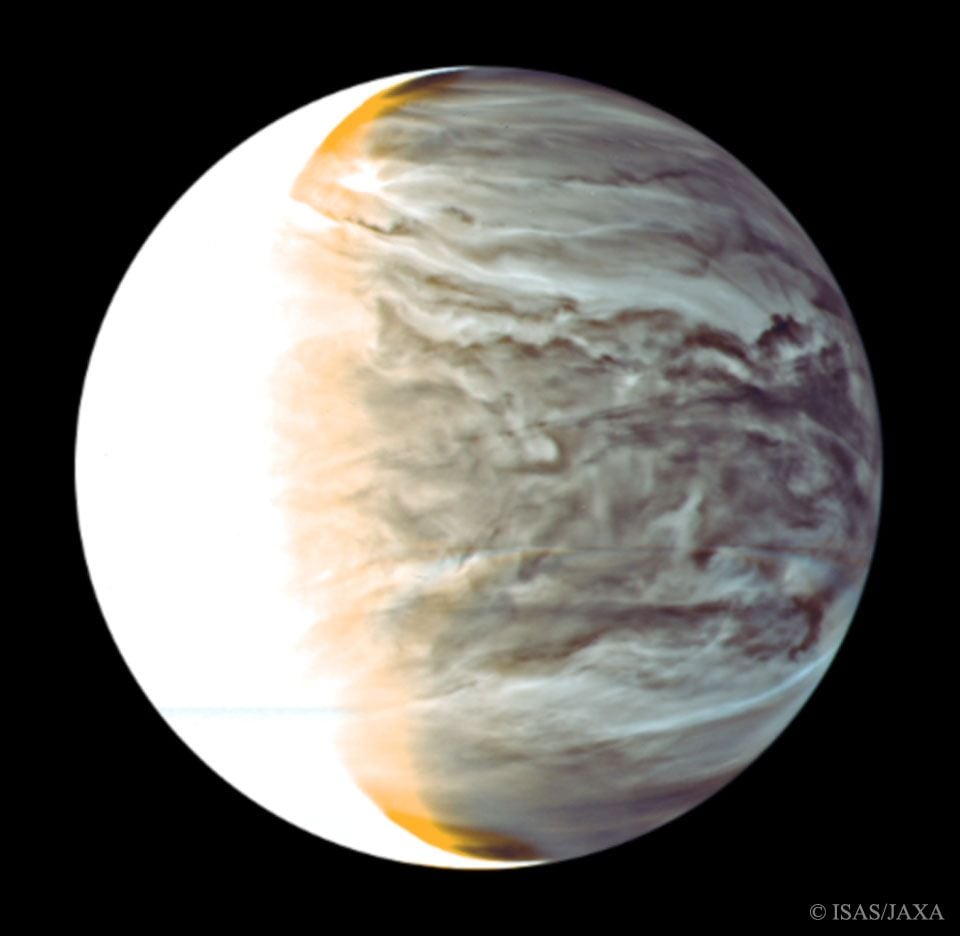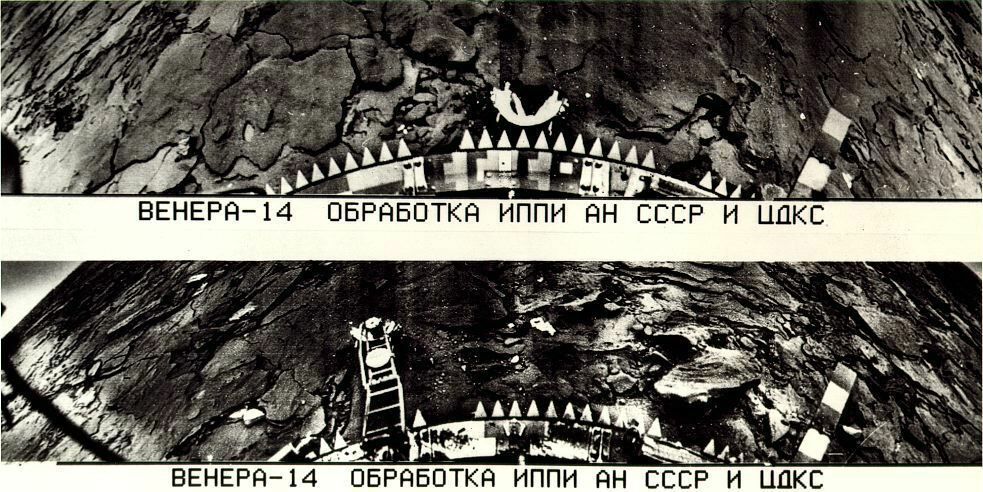NASA’s Parker Solar Probe Snaps Luminous Photo of Venus
The image revealed unknown capabilities of the imaging instrument, WISPR, aboard the Parker Solar Probe and more insight into the planet’s atmosphere
/https://tf-cmsv2-smithsonianmag-media.s3.amazonaws.com/filer/df/92/df92152d-1756-42a0-b0da-0de906da0b7e/venus_image_header_format.jpg)
The dense atmosphere shrouding Venus with toxic sulfuric yellow clouds has made the planet's surface difficult, but not impossible to peer through. On its mission toward the Sun, NASA's Parker Solar Probe captured a striking image of Venus that unexpectedly revealed features of the planet's surface and atmosphere, reports Meghan Bartels for Space.com.
The Parker Solar Probe was launched in 2018 to study the Sun's atmosphere and will get closer than any other spacecraft has before to the celestial object, reports Ashley Strickland for CNN. Using Venus's gravity, the Parker Probe will circle our host star seven times while getting closer and closer over the course of seven years. Aboard the probe is the Wide-Field Imager for Parker Solar Probe or WISPR. It is designed to take visible-light images of the Sun's corona and solar wind using two optical telescopes, reports George Dvorsky for Gizmodo.

On July 11, 2020, during the Parker Probe's third orbit around Venus, researchers used the WISPR instrument to image the planet. Expecting to see the Venusian surface blocked by clouds, the team was astonished to find that WISPR captured temperature differences on Venus's surface.
In the Parker Probe's ghostly image, a dark spot is pictured in the middle of Venus. That dark spot is the most significant highland region on the planet's surface, called Aphrodite Terra, and appeared darker than the rest of the planet because the area was cooler by 85 Fahrenheit planet, Space.com reports. This surprised researchers because WISPR was designed to detect visible light. If WISPR can image Venus's surface through its thick cloudy atmosphere, it meant it was detecting thermal radiation and had the previously unknown ability to image near-infrared light, Gizmodo reports.
"WISPR is tailored and tested for visible-light observations. We expected to see clouds, but the camera peered right through to the surface," said Angelos Vourlidas, a WISPR project scientist from the Johns Hopkins Applied Physics Laboratory, in a statement.
In the image taken 7,693 miles away from Venus, WISPR also captured a glowing ring around the planet and streaks of light skidding across the foreground. The bright ring, also known as nightglow, may be caused by light emitted from oxygen atoms high up in Venus's atmosphere, reports Space.com. The streaks seen in the image may be from space dust, traces of cosmic rays or particles reflecting sunlight, CNN reports.
The images WISPR took of Venus's surface are similar to the photos, Akatuski, a Japanese orbiter studying Venus since 2015, has taken, reports CNN. Akatuski studies weather patterns and active volcanoes on Venus using infrared light.
“WISPR effectively captured the thermal emission of the Venusian surface,” said astrophysicist and WISPR team member Brian Wood in a statement, “It’s very similar to images acquired by the Akatsuki spacecraft at near-infrared wavelengths.”

The stunning images taken by Akatuski and WISPR spacecrafts have come a long way from the first images seen of the Venusian Surface. During the 1970s and 1980s, the Soviet Union launched various satellites named Venera to observe Venus, as reported by Amy Shira Teitel for Popular Science in 2015. Venera 9 took the first photographs of Venus's surface.
To further explore Venus's atmosphere and see if WISPR is picking up infrared light off of Venus, more images were taken during the Parker Probe's fourth orbit around the planet on February 20 2021 at 1,500 miles from the surface, reports Space.com. The images' results won't be seen until April but could reveal further secrets of the Venusian planet.
"If WISPR can sense the thermal emission from the surface of Venus and nightglow — most likely from oxygen — at the limb of the planet, it can make valuable contributions to studies of the Venusian surface," comments planetary scientist Javier Peralta from the Akatsuki team in a statement.
/https://tf-cmsv2-smithsonianmag-media.s3.amazonaws.com/accounts/headshot/gamillo007710829-005_0.png)
/https://tf-cmsv2-smithsonianmag-media.s3.amazonaws.com/accounts/headshot/gamillo007710829-005_0.png)